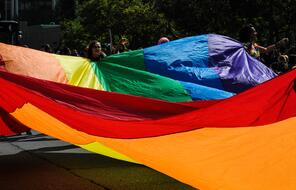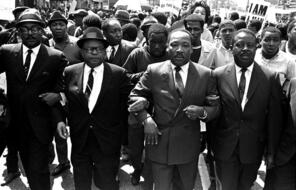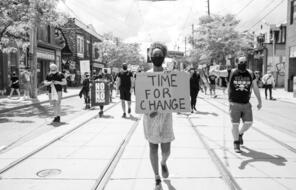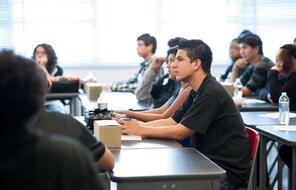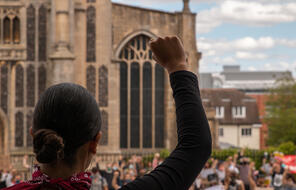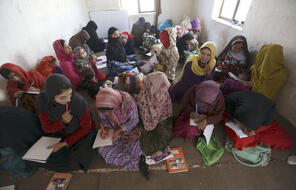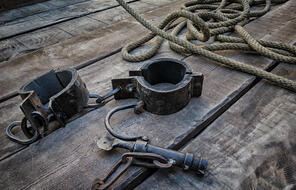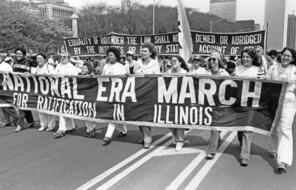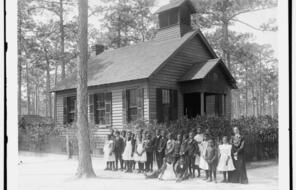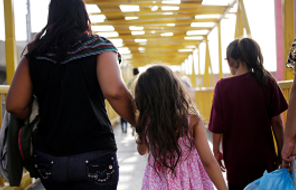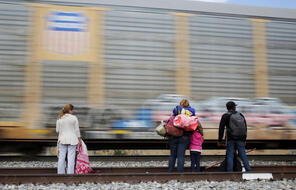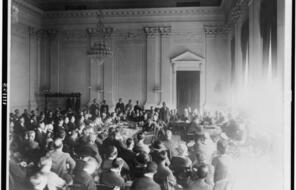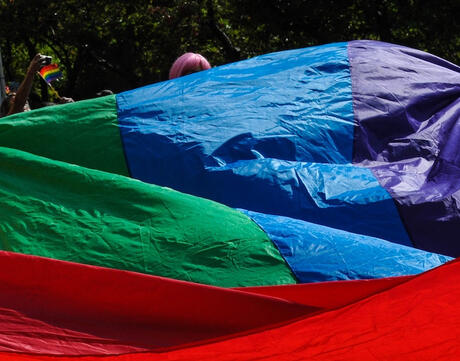
LGBTQ+ History and Why It Matters (UK)
Overview
About This Lesson
LGBTQ+ (lesbian, gay, bi, trans, queer and questioning) history is often underrepresented in the curriculum and the UK’s wider history. While many students have heard about some events in LGBTQ+ history (such as the Stonewall Riots or the story of Alan Turing, the mathematician whose work was central to cracking the wartime Enigma codes, but who was convicted and chemically castrated for being gay - he later died by suicide), many significant people and events in the history of the LGBTQ+ rights movement remain unacknowledged in schools. In this lesson, students will learn about LGBTQ+ history spanning from the Roman Empire to the year 2021 by participating in a human timeline activity. The resources in this activity have been created using information and resources from Stonewall, an international organisation with the mission “to stand for lesbian, gay, bi, trans, queer, questioning and ace (LGBTQ+) people everywhere,” so that they can express themselves freely and without fear of discrimination.
By examining the broader sweep of LGBTQ+ history, this lesson helps students put people and events into more meaningful context. This lesson also gives students the opportunity to consider whose experiences are included in the history taught in schools, whose are often left out, and how that may reflect and perpetuate the “in” groups and “out” groups in our society. Over the course of this lesson, students will practice important skills such as summarizing, inferencing, and presenting material orally as they learn about LGBTQ+ history and reflect on how that history is represented in their textbooks and curricula.
Lesson Plans
Activities
Extension Activities
Materials and Downloads
Quick Downloads
Unlimited Access to Learning. More Added Every Month.
Facing History & Ourselves is designed for educators who want to help students explore identity, think critically, grow emotionally, act ethically, and participate in civic life. It’s hard work, so we’ve developed some go-to professional learning opportunities to help you along the way.
Exploring ELA Text Selection with Julia Torres
On-Demand

Working for Justice, Equity and Civic Agency in Our Schools: A Conversation with Clint Smith
On-Demand

Centering Student Voices to Build Community and Agency
On-Demand




